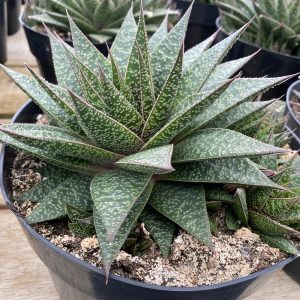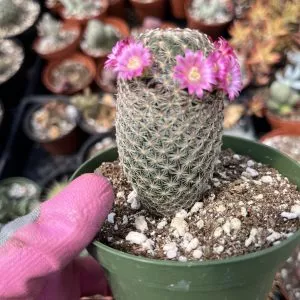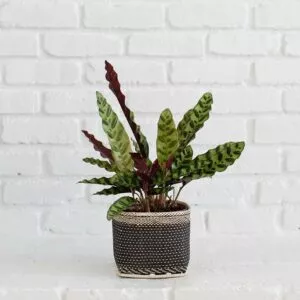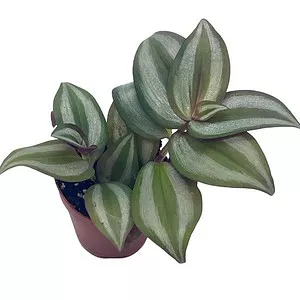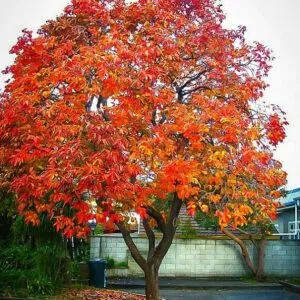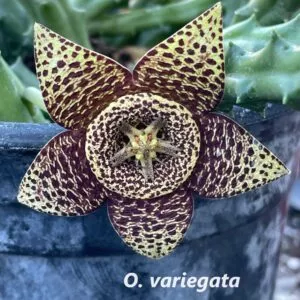No products in the cart.
Table of Contents
Are you a plant lover looking for a new addition to your collection? Cotoneaster plants are beautiful, low-maintenance, and easy to care for. In this article, we’ll provide all the information you need to get started with cotoneaster care.
What Is Cotoneaster?
Cotoneaster is a genus in the Rosaceae family native to temperate regions of Eurasia and North Africa.
Cotoneaster horizontalis, often known as rockspray cotoneaster or rock cotoneaster, is a bushy shrub that develops over time to 6-8′ tall and wide on sturdy, flat, horizontal branching with branchlets arranged in fishbone patterns. Branched growth tapers somewhat over time.
The name comes from the Latin compound word “cotoneum,” which means quince-like fruit; together with ASTER (resembling).
Impressive-looking plants, with their impressive height and it is larger than most ground cover outdoor plants. They’re great for erosion control on hillsides or as border flowers.
They can grow stiffly upright to 20 feet or as fountainlike arching branches that spread outwards from their bases like water droplets on the glass when it rains heavily – many also have bright red berries.
It is one of the most attractive fall foliage that gives color and joy to every garden because of its abundant berries in the fall.
Caring for Cotoneaster Plants
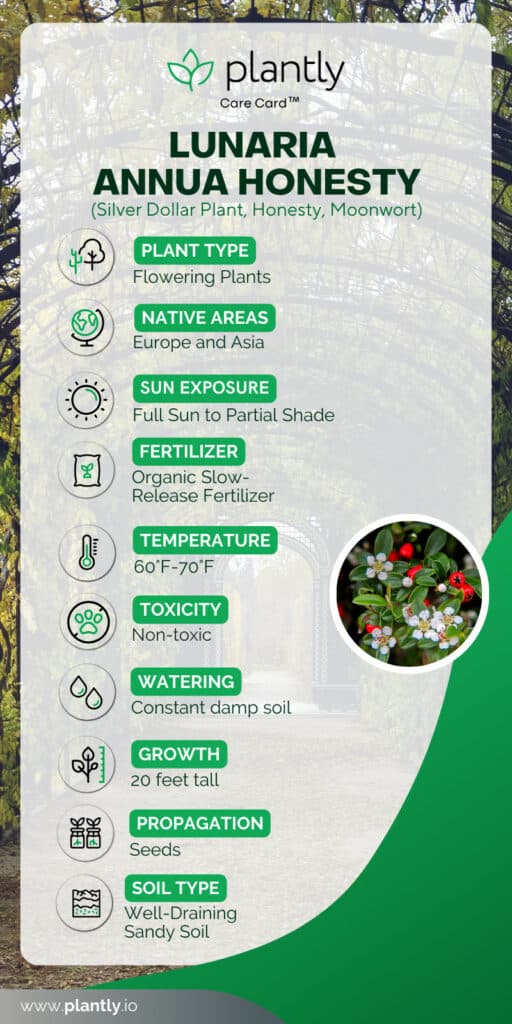
Cotoneasters are tough and can take some abuse, but they do require special care to thrive.
Cotoneasters are deep green foliage that grows best in full sun and dry soil. They’re low maintenance, but need frequent watering if their ground is extremely wet or drained-so try to keep it evenly moist at all times!
Best Soil Mix for Cotoneaster Horizontalis
The beautiful, evergreen shrub plant is a great addition to any garden. It can tolerate soils from sand to clay as long as it has excellent drainage and will not survive in wet conditions without proper care.
Make sure you give these plants containers with holes at the bottom for added relief during times when they’re just too full!
When planting outside use mulch above ground level so that roots don’t have much weight on them; also apply to pad around trunks or branches which may cause damage if left bare.
Light Exposure Requirement of Cotoneaster
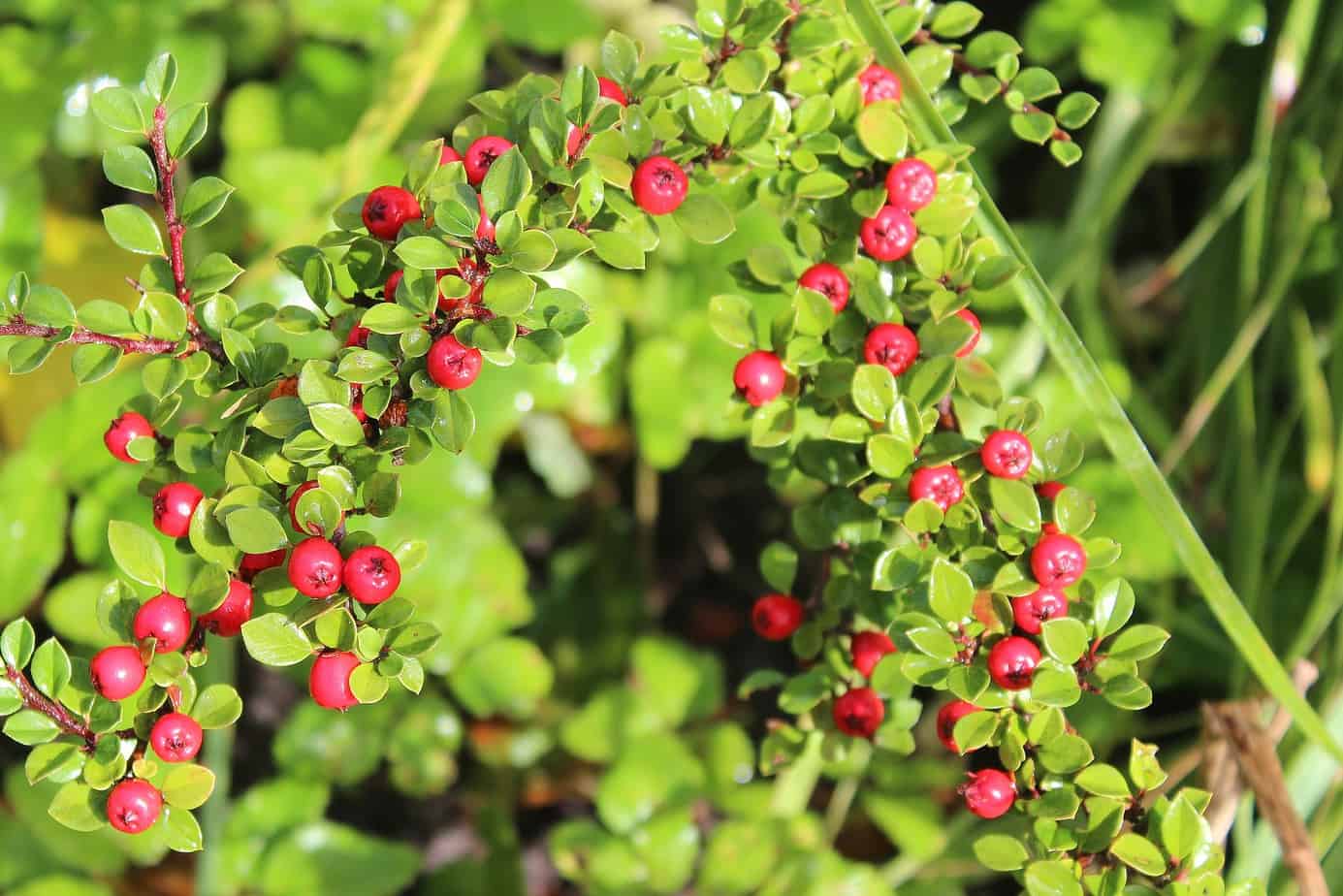
Cotoneasters are incredibly easy to care for when you place them in an ideal location. If treated as an indoor plant, placing them near a window with other taller plants is ideal.
They like full sun or partial shade and will thrive with fertile soil that is well-drained however they can tolerate just about any type of terrain as long it’s not too wet/damp which makes this plant perfect if your garden has poor drainage issues.
Watering Cotoneaster Plantster plants
Cotoneasters are known for their hardiness, but they still need some care.
Make sure you always check the soil between waterings to avoid soggy conditions and allow them enough time in-between each watering so that it doesn’t cause any root damage or rot on your plant’s main trunk/trunk area (depending on how big he grows).
In stock In stock In stock In stock
$25.99 – $65.99
Sold By:
Succulent Oasis
Succulent Plant Gasteria ‘Flo’
Rated 4.84 out of 5 based on 352 customer ratings00
Sold By:
Succulent Oasis
$8.99
Sold By:
Helios Plants
5 Pawpaw seeds – Shenandoah variety – (already cold stratified)
Rated 4.73 out of 5 based on 120 customer ratings01
Sold By:
Helios Plants
$22.00
Sold By:
Grow with Sass
Groot pot with assorted succulent
Rated 5.00 out of 5 based on 19 customer ratings06
Sold By:
Grow with Sass
$11.00
Sold By:
Cacti and Exotica
mammillaria matudae
Rated 4.98 out of 5 based on 59 customer ratings06
Sold By:
Cacti and Exotica
Temperature & Humidity Needs
They can grow in colder weather and are very tolerant of freezing conditions. For optimal growth, slightly cooler temperatures are most suited to the plant’s needs.
Feeding your Cotoneaster
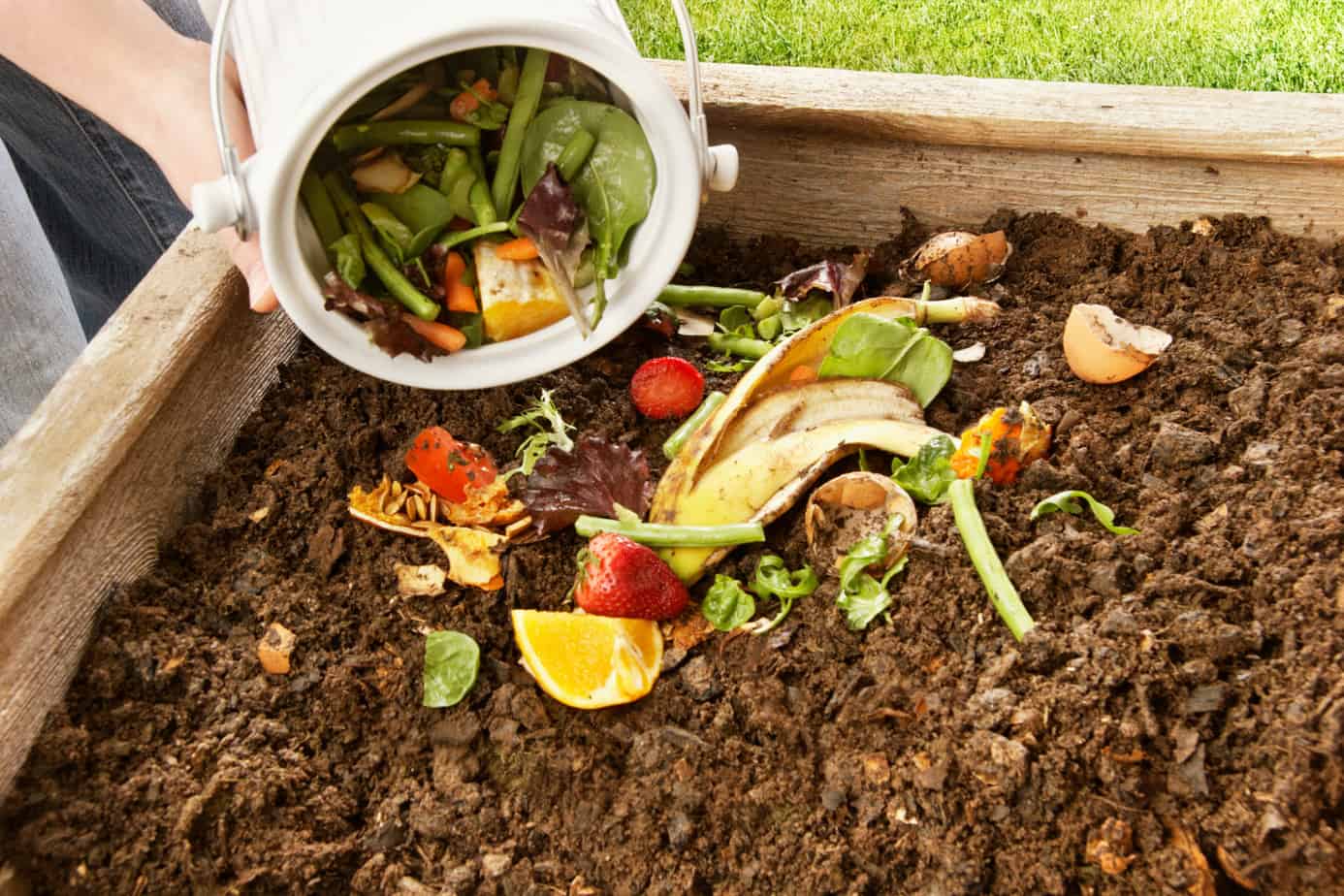
Creeping Cotoneaster can take advantage of an annual application fertilizer, such as commercial sludge or compost. These applications should be applied at least 1-1/2 feet beyond where branches end and never touch the plant itself!
Be sure to apply only what is recommended in your package directions for best results.
Propagating Cotoneaster Plants
Cotoneasters are easy to grow, but there’s more than one way they can be reproduced.
Low-growing species can be propagated by simple layering in the fall. Simply pin a stem to the ground, leaving its last 6-12 inches exposed, and then wait until winter when temperatures are more favorable for germination!
The birds are the best propagators of cotoneasters as they spread seeds by eating them. When these red berries become soft and mushy, the bird will no longer eat it but kick out enough to fall on the ground where it germinates easily with little effort needed until grown a foot tall or more!
In stock In stock In stock In stock
$40.00
Sold By:
NEEPA HUT
6″ Rattlesnake Calathea indoor plant + Charcoal Planter Basket
Only 4 available and it’s in 2 people’s basket Rated 4.99 out of 5 based on 221 customer ratings11
Sold By:
NEEPA HUT
$5.99
Sold By:
BubbleBlooms
Wandering jew, Tradescantia zebrina Bosse
Only 27 available and it’s in 5 people’s basket Rated 4.81 out of 5 based on 279 customer ratings01
Sold By:
BubbleBlooms
$6.00
Sold By:
Smoot's Farm
Succulent Gasteraloe Flow 2″ Pot Live Plant
Rated 4.89 out of 5 based on 27 customer ratings00
Sold By:
Smoot's Farm
Free Shipping
$13.99 – $24.99
Sold By:
Desert Noir
Rooting Soil, Desert Noir, proprietary blend, cactus, propagation, succulents
Rated 4.99 out of 5 based on 234 customer ratings04
Sold By:
Desert Noir
Cotoneaster Varieties
Cranberry Cotoneaster
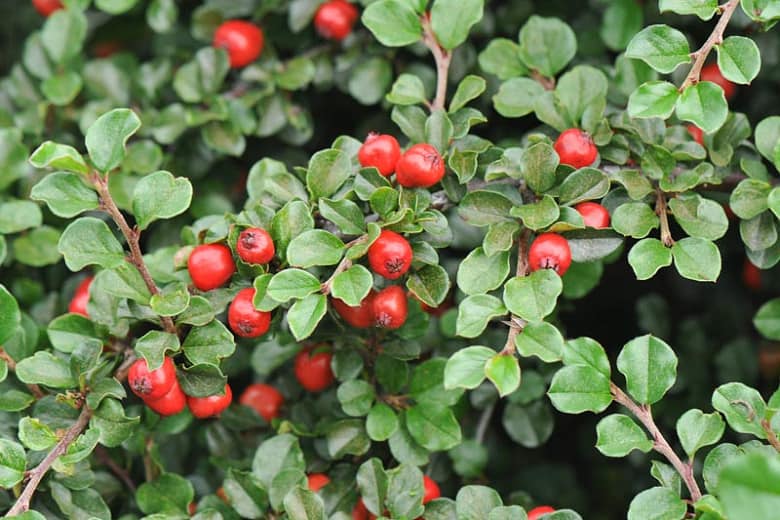
It is an excellent ground cover for slopes, as it can provide erosion control. The pink flowers are replaced by small bright red berries in fall which has bronzy colored leaves that turn golden-orange during autumn months; this shrub grows between 2 and 3 feet tall (61 – 91 cm).
It also has spread up to 6 ft when mature with young plants being more compact than adults.
Bearberry Cotoneaster
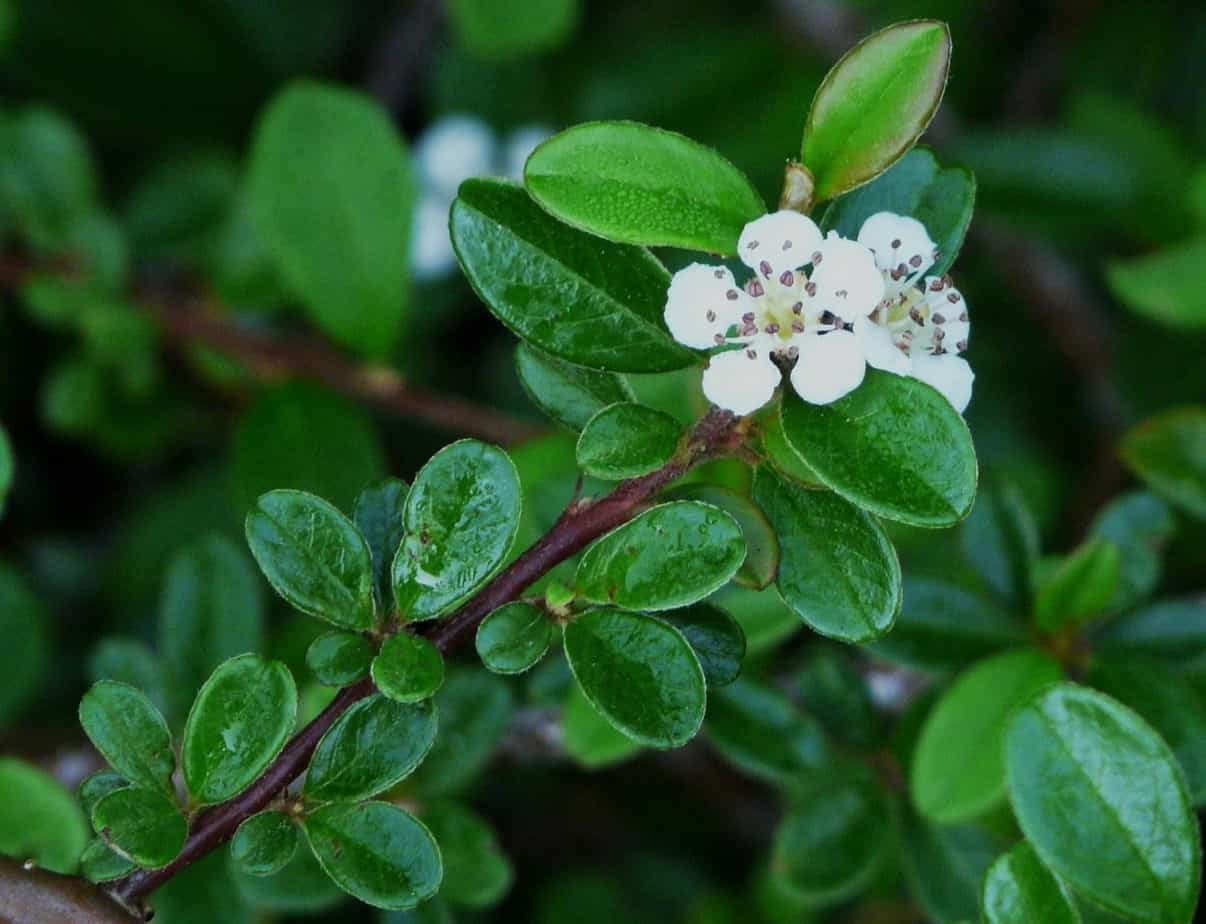
Bearberry Cotoneaster, also known as Cotoneaster Dammeri is a low-growing variety that makes an ideal ground cover. The small white flowers bloom in the early spring and are followed by bright red berries in late summer, while fall brings bronzy purple leaves to admire on your walk through their natural habitat.
Spreading Cotoneaster
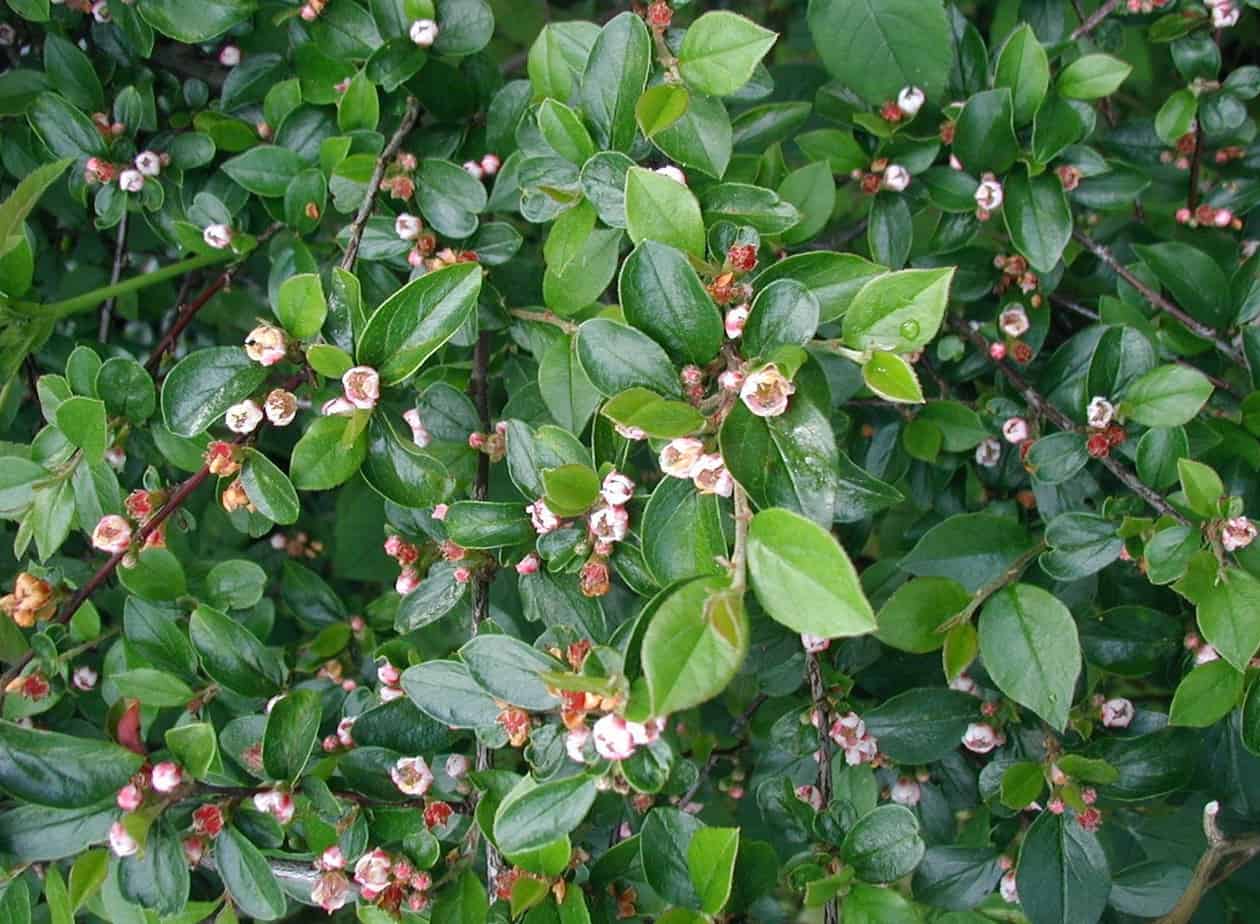
Spreading Cotoneasters are deciduous shrubs that put on lovely fall colors and last for months. It has red berries to enjoy through mid-autumn, followed by white summer flowers with yellow centers in their bloom cycle.
Hedge Cotoneasters
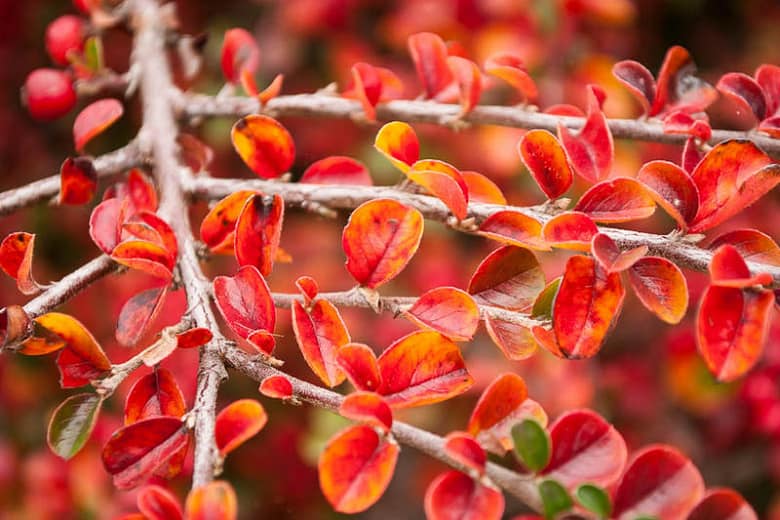
Hedge Cotoneasters are an excellent choice for hedging.
They grow up to 12 feet tall and can be sheared into a formal hedge or left natural with its rounded shape, but it is best not to try trimming Many-Flowering Cotonesaster because of how fast this plant grows.
Cotoneaster Diseases and Pests
Cotoneaster horizontalis is a vulnerable plant to the fire blight caused by Erwinia Amylovora. This can cause many problems such as sticky ooze developing on twigs and limbs.
Blossom Blights that turn necrotic cause flowers to go crooked like shepherd’s crook in shape; fresh shoots will develop an S-shaped bend or kink at their base (the opposite of what you want).
The cotoneaster webworm is a caterpillar that feeds on plants and can cause major defoliation of branches. The worse the damage, the harder it becomes for these trees to make chlorophyll which affects their health greatly in turn!
Frequently Asked Questions
Cotoneaster is a garden plant that needs to be allowed room for its natural arching form. The absolute best time comes just before or during spring; make sure not to wait any longer than necessary if wanting these benefits themselves.
Cotoneaster is a versatile plant that can be used in many different ways. It’s perfect for ground cover or hedges, but it also grows well as container plants!
Choose large and wide containers because this grasslike shrub tends to spread quite widely with success rates no matter what kind you choose.
Cotoneaster is a slow grower at first, but after about two years it will have grown 12-18 inches per year. People enjoy this plant for its dark green foliage more than flowers.
Cotoneaster is a popular evergreen tree that can be found at local garden centers and online. You may also buy it at Plantly, with delivery to your door!
Whether you want to buy, sell or simply reach out to other plant enthusiasts, Plantly is the right place to be!
In stock In stock In stock
$4.59
Sold By:
Cacti and Exotica
Rhipsalis Paradoxa 2″ Pot
Only 9 available and it’s in 1 people’s basket Rated 4.98 out of 5 based on 59 customer ratings00
Sold By:
Cacti and Exotica
$6.00
Sold By:
Smoot's Farm
Parodia Magnifica Cactus
Rated 4.89 out of 5 based on 27 customer ratings00
Sold By:
Smoot's Farm
Free Shipping
$34.95
Sold By:
CKK PRODUCTS LLC
$45.00FUYU Persimmon Tree Seedling (Small-medium size)
Rated 5.00 out of 5 based on 1 customer rating00
Sold By:
CKK PRODUCTS LLC
$15.00
Sold By:
Beauties & Beasts
Succulent Carrion Flower Huernia, Stapelia and Orbea
Rated 4.83 out of 5 based on 24 customer ratings00
Sold By:
Beauties & Beasts
